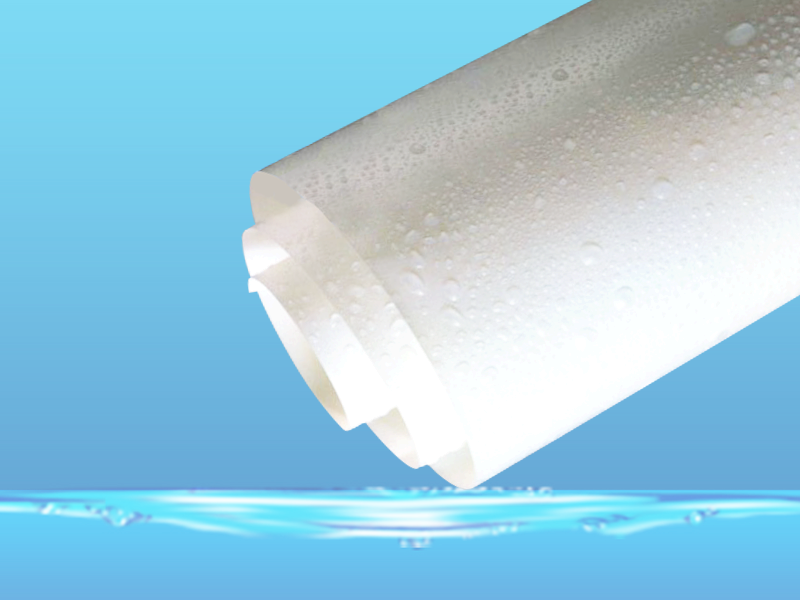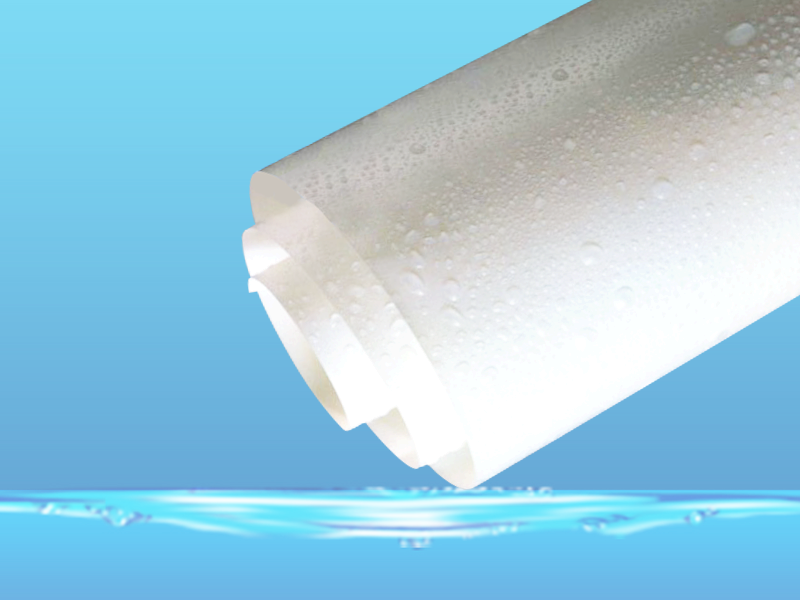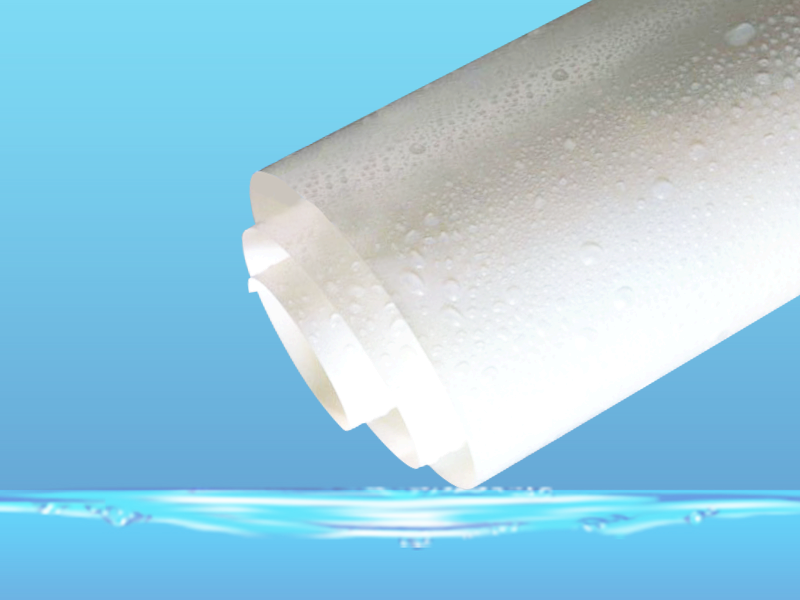In the field of high-salt and high-difficulty wastewater treatment, there has long been a reliance on imported membrane products. Not only were procurement costs high, but they also frequently faced challenges such as slow after-sales response and delayed technical support, causing significant inconveniences to project progress and long-term operation and maintenance.
However, the successful application of Haina Membranes in the coal mine wastewater treatment zero-discharge project in Ordos has precisely broken this situation. As a typical representative of domestic membranes replacing imported ones, Haina Membranes has been developed specifically to address the complex characteristics of coal mine wastewater—high salt content and high pollution. By optimizing the membrane material structure and anti-fouling design, it has effectively solved the pain points of traditional imported membranes, such as easy clogging and frequent cleaning.
During long-term operation, Haina Membranes has consistently maintained stable treatment efficiency and high-quality produced water, providing core support for the project to successfully achieve the zero-discharge goal. It has realized the dual advantages of "high performance + high cost-effectiveness", serving as a strong testament to China's membrane industry breaking the monopoly of imported products and achieving independent and controllable development.






